Table of Contents
Introduction
Eucalyptus (Eucalyptus globulus), a tree native to Australia and long revered in Aboriginal medicine, is widely known today for its crisp, cooling aroma and strong effects on the respiratory system. You’ll find it in throat lozenges, chest rubs, diffusers, and saunas. But few realize that eucalyptus can also be vaporized safely and effectively for direct, fast-acting herbal benefits—when used with care and intention.
When vaporized, eucalyptus delivers a clean, menthol-like vapor that feels both stimulating and soothing. It’s especially useful for:
- Opening airways and clearing congestion
- Enhancing mental clarity and alertness
- Supporting immune health during cold and allergy season
- Refreshing the breath before meditation or breathwork
This guide explores how to vaporize eucalyptus safely, the ideal temperature range, how to use it in herbal blends, and how to avoid common mistakes when working with such a potent aromatic plant.
Why Vaporize Eucalyptus?
Vaporizing eucalyptus is a cleaner and more efficient way to receive its benefits compared to burning, diffusing essential oils, or boiling water for steam. By using a vaporizer, you can release eucalyptus’ therapeutic molecules directly into the lungs—without combustion byproducts, over-concentration, or oil residue.
Here’s why vaporizing makes sense:
- Fast action: Vaporized eucalyptus reaches the bloodstream through the lungs almost immediately
- No smoke or tar: A safer alternative to traditional burning or smudging
- Portable and controllable: Use it anytime, anywhere with your dry herb vaporizer
- Integrates with ritual: Pairs beautifully with breathwork, yoga, or pre-sleep routines
For those looking for a smoke-free, caffeine-free, drug-free way to awaken or clear the mind, eucalyptus is one of nature’s most direct and refreshing allies.
Traditional & Cultural Uses of Eucalyptus
Eucalyptus has deep roots in folk medicine, especially among Aboriginal communities in Australia, where the leaves were used for wound care, fever, and respiratory complaints. Crushed leaves were applied as poultices, steamed for inhalation, or used as antiseptics thanks to their powerful volatile oils.
Today, eucalyptus oil is still a staple in natural medicine cabinets worldwide. But vaporizing offers something different—a whole-plant experience that feels immediate, gentle, and energetic, rather than oily or overpowering. It’s the closest thing to standing in a eucalyptus grove after rain—and breathing in the clarity.
Key Compounds: 1,8-Cineole & More
The power of eucalyptus lies in its essential oil chemistry—a complex blend of aromatic compounds, with 1,8-Cineole (also called eucalyptol) at the center.
1,8-Cineole (Eucalyptol)
This monoterpenoid makes up 70–85% of eucalyptus oil and is responsible for the characteristic scent and sensation of “opening the lungs.” Scientific studies show that 1,8-Cineole can:
- Act as a mucolytic—breaking down mucus and aiding expectoration
- Reduce inflammation in bronchial tissues (anti-inflammatory action)
- Exert antimicrobial effects against bacteria and viruses
- Improve cognitive performance and increase reaction time in low doses [PubMed Study]
Other Terpenes and Volatiles
- α-Pinene: Bronchodilator, improves airflow and may enhance memory
- Camphene & Borneol: Soothing, cooling, mildly antiseptic
- Limonene: Uplifting, citrusy, contributes to the clean after-feel
Together, these compounds offer a holistic vapor experience that blends immune support, clarity, and an unmistakable “fresh air” sensation with every draw.
Ideal Temperature for Eucalyptus
To vaporize eucalyptus safely and enjoyably, temperature is everything. Because its active oils are highly volatile, a gentle approach is essential. Go too low, and you may get nothing. Go too high, and the vapor may feel harsh or medicinal.
Recommended Temperature Range: 130–150°C (266–302°F)
| Temperature | Primary Effects |
|---|---|
| 130–135°C | Light aromatherapy, mental clarity |
| 135–145°C | Respiratory opening, immune stimulation |
| 145–150°C | Deeper airway support, mild energizing buzz |
Avoid going above 160°C, as this may volatilize harsh phenols and lead to throat irritation. With eucalyptus, more heat ≠ better results.
Benefits of Vaporizing Eucalyptus
When vaporized correctly, eucalyptus offers a truly unique combination of physical, respiratory, and psychological benefits. These include:
1. Breathe Better
By clearing sinus pathways and bronchial passages, eucalyptus vapor is ideal during colds, flu, or allergy attacks. Its expectorant effect makes breathing easier, especially after deep inhalation.
2. Sharpen Focus
Low-dose exposure to 1,8-Cineole has been linked to enhanced memory and alertness. Many people report feeling clearer and more mentally “awake” after just a few inhalations.
3. Immune Support
Thanks to its antiviral and antibacterial effects, eucalyptus can help reduce environmental microbial load—especially in indoor air during winter or after exposure to crowds.
4. Natural Uplift
Eucalyptus vapor delivers a gentle mood-lifting effect without the stimulation of caffeine or THC. It’s invigorating without being “high”—perfect for mid-day refreshment.
Used correctly, eucalyptus is one of the cleanest, clearest herbs you can vaporize.
Safety Tips & Contraindications
Eucalyptus is safe for most people when vaporized properly, but it’s also potent. Misuse—especially through overheating, overuse, or applying oils directly—can cause discomfort or adverse effects. Here’s what you need to know before vaporizing:
Safety Guidelines
- Use only dried, whole eucalyptus leaf—never essential oil, extracts, or fresh leaf
- Start with small doses: Just a pinch (0.05–0.1g) is enough. Too much can irritate the lungs or overwhelm the senses.
- Keep your session short: 1–3 gentle draws is often plenty.
- Stay below 150°C: This preserves volatile oils without activating irritants.
Who Should Be Cautious
- People with asthma or chronic respiratory conditions
- Those with chemical sensitivities or fragrance allergies
- Pregnant or nursing women—eucalyptus may not be safe during pregnancy
- Children and pets—eucalyptus is too strong for small lungs and should be avoided around them
If you're unsure, consult your herbalist or physician before trying eucalyptus—especially if you have existing conditions.
How to Vaporize Eucalyptus Properly
A successful eucalyptus session is all about precision and minimalism. Here's how to do it right:
Step-by-step:
- Source: Use organic, dried eucalyptus leaf—preferably cut or crumbled, not finely ground.
- Preheat your device: Set to 135–145°C and let the chamber stabilize.
- Load lightly: Just enough to fill the chamber base without packing it down.
- Inhale gently: Slow, controlled breaths for 6–10 seconds. Stop after 2–3 draws.
- Pause and observe: How does it feel? Do you notice more airflow? Greater clarity?
Expect a vapor that feels light, sharp, and immediately expansive. The coolness you feel is real—caused by the action of 1,8-Cineole on your airway receptors.
Best Herbs to Pair with Eucalyptus
Because eucalyptus is so assertive, it works best in blends where it can shine without dominating. Ideal pairing herbs include:
- Lavender (125–135°C): Adds softness, reduces sharpness, and brings emotional calm
- Peppermint (130–145°C): Doubles the clarity and breath-opening effect without heaviness
- Lemon Balm (140–160°C): Sweetens the profile and supports mood balance
- CBD-rich Hemp (160–180°C): Grounds the experience, adds body relaxation
Blending tip: Vaporize eucalyptus first at a lower temp (135°C), then increase temperature gradually to release the secondary herbs. This “step-up” method protects the lighter compounds while still giving you a full, rounded session.
Conclusion
Vaporizing eucalyptus is one of the most direct, invigorating, and mindful ways to support your respiratory health and mental clarity. With its rich content of 1,8-Cineole and other aromatic terpenes, eucalyptus offers more than just a fresh smell—it’s a functional herbal tool with real physiological effects.
When used correctly—between 130°C and 150°C, in small doses, and blended with complementary herbs—eucalyptus becomes a reliable ally in your herbal routine. It’s ideal for:
- Clearing nasal passages before sleep
- Supporting immunity in winter months
- Waking up without caffeine
- Enhancing breathwork, yoga, or forest bathing
Whether you use a digital vaporizer or a flame-powered tool like the Vapman or Lotus, eucalyptus is best approached with respect. It doesn't need to be strong to be powerful.
Breathe gently. Be present. Let eucalyptus bring space into your breath and focus into your mind.
About the Author

Michael, Founder & CEO of INHALE Vaporizers
Driven by a passion for clean, mindful vaporization, Michael leads INHALE in crafting elegant and sustainable tools like the Vapman and Lotus. With a deep focus on function, ritual, and natural wellness, INHALE helps people reconnect with the power of plants—one breath at a time.
📩 support@nowinhale.com | Contact us



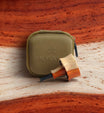

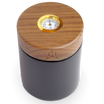
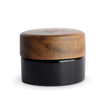


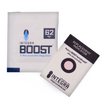


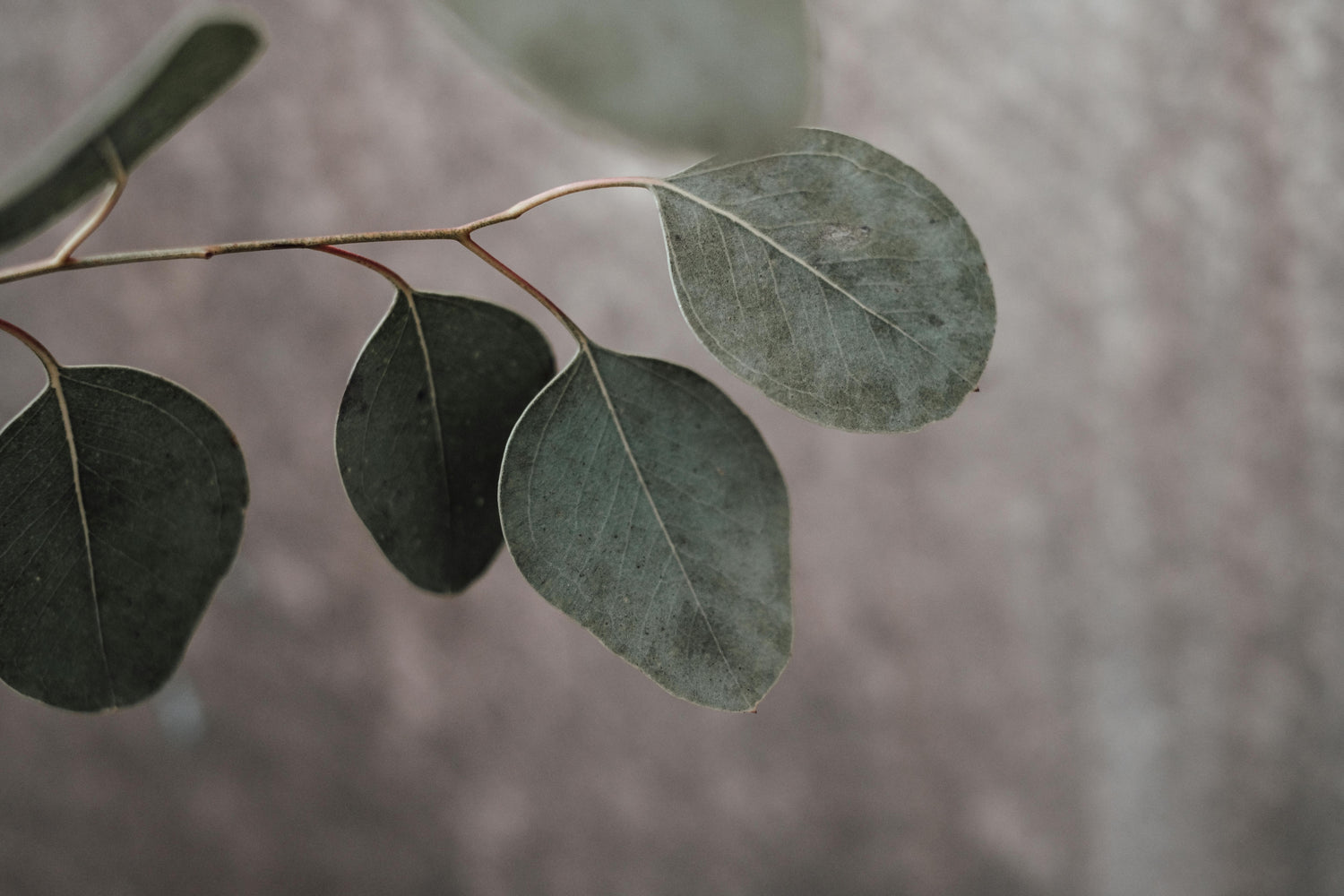
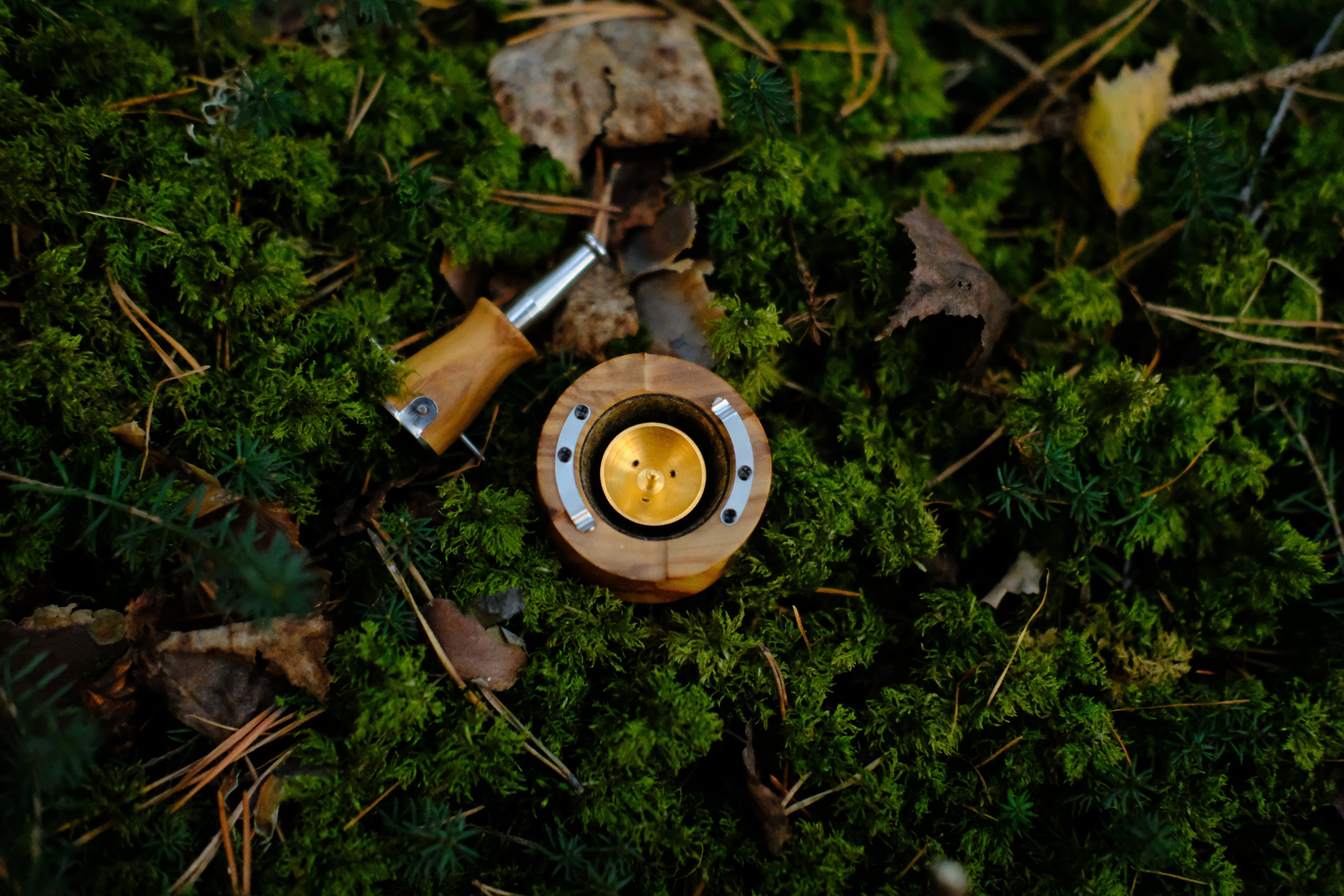
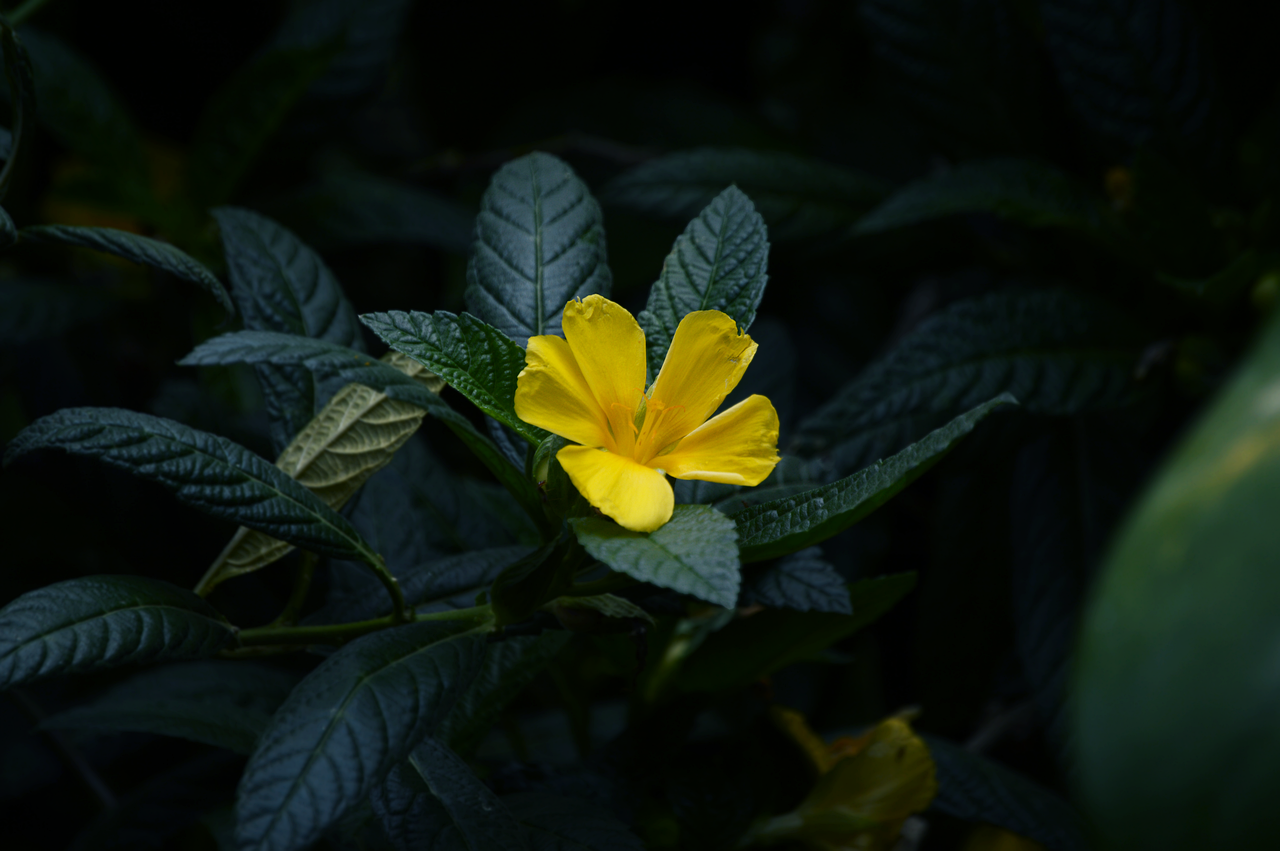


Leave a comment
All comments are moderated before being published.
This site is protected by hCaptcha and the hCaptcha Privacy Policy and Terms of Service apply.